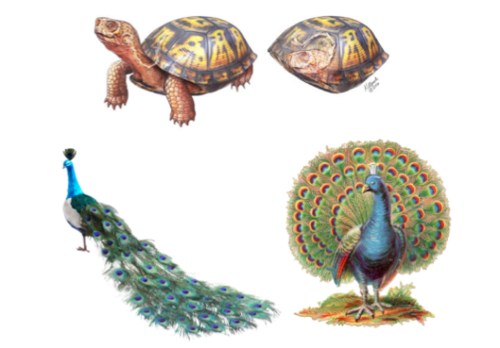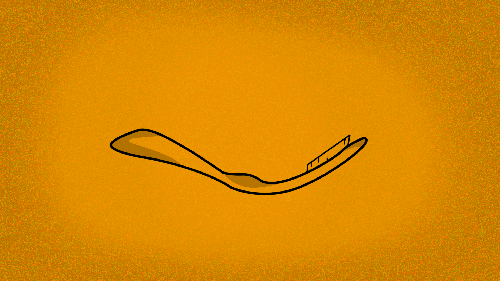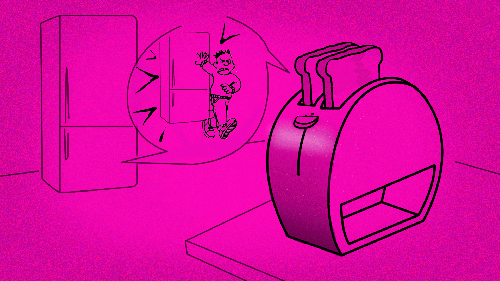Designing agreeableness: Prototype 1
by marielabarzallo
In the Letters to Objects experiment I expected results to tell me something about objects and whether there are particular personality traits that are commonly attributed to them. However, I learned more about people than objects, less as a group and more about individuals.
The letter content I found most interesting was what I could categorise as a social object, moreover, letters that were directed towards objects that are shared in a household or with someone else.
One of the letters said:
“He didn’t want to buy you because, according to him we will never use you, despite his thoughts I bought you and we have a very good relationship…”

A different one to a kettle said:
“Dear kettle… Who is the person that leaves you ON even with no water inside?…”
This made led me towards objects that agree the most with one particular person for two reasons:
- Ownership: Objects deciding who owns them
Artefacts with this goal could be “valuable things” such as gifts, something inherited or of economical value. For example a necklace that would only relax and expand for the right person to wear it. Other objects with this goal might be those of personal use.

- Function: Objects deciding who is better suited to use them.
For instance a collapsible scissor or knife that would identify who’s the parent and who’s the child in a house and based on this, decide to show itself or not.

Agreeableness
A personality trait that seems to suit this sort of behaviour is agreeableness. “A measure of one’s trusting and helpful nature, and whether a person is generally well-tempered or not”. One way I could think of depicting this trait with objects was through collapsing and hiding like a snail or a turtle in a shell on low agreeableness levels versus expanding like a peacock.

And this led me to think of these kind of shapes that expand and collapse.

Ownership
I thought about items where people are particular about ownership and how participants mentioned a particular cup or mug in their letters. So I thought of a mug that would only open itself up for use to their owners.

Another object I could think of was a toothbrush, an object most people don’t want to share with others. So it would follow the same pattern of being contracted but expanding when it detects its owner to open itself up for use.

Use
In environments where objects are connected, and communicate with each other, one object can detect the quality and quantity of use given to other artefacts, and base its behaviours on that data.

This lamp can only be turned on when its open, but it only expands when it knows that other objects in the house that consume energy have not been used as much. Its behaviour is based on quantity of use and it invites members of a household to reflect on the use and abuse of energy consumption.

This toaster only works when it knows that other objects in the house are being treated right. In this case the fridge told the toaster that someone slammed its door, so now, the toaster decided not to do its work. In this case the behaviour is based on quality of use towards other objects.
The first two designs invite to reflect on possession, and how humans would feel if objects where just as possessive of them as they are of them. The last designs reflect on how much humans use objects and how they treat them. These open a space for discussion on sustainability versus our constant habit of renewing and upgrading instead of “caring” of things.